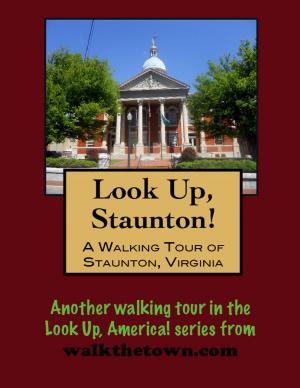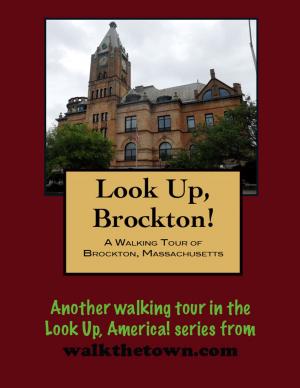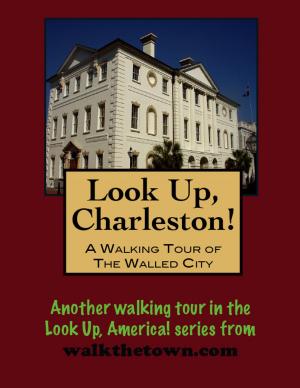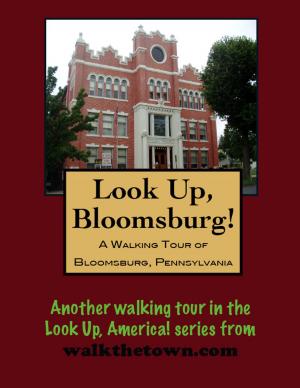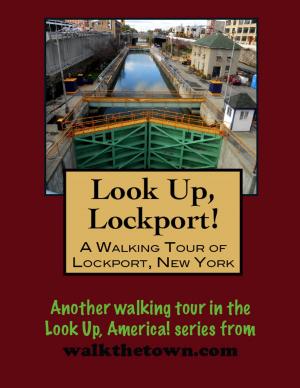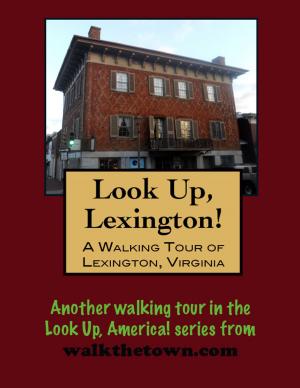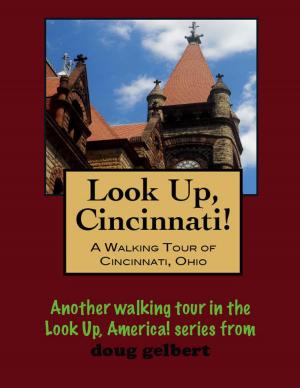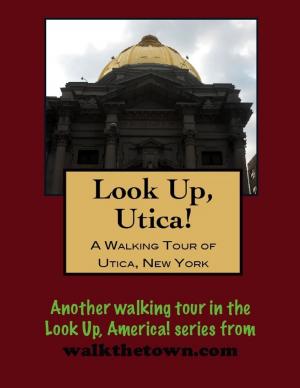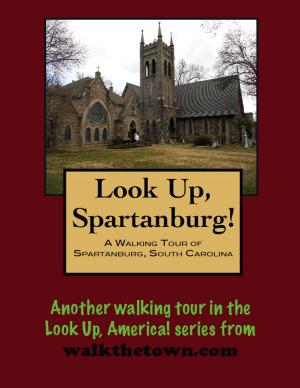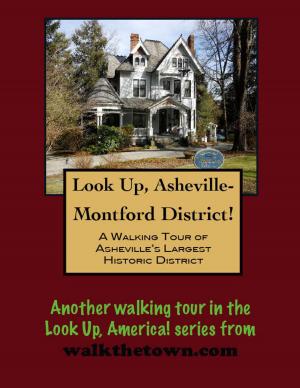| Author: | Doug Gelbert | ISBN: | 9781458194770 |
| Publisher: | Doug Gelbert | Publication: | February 15, 2011 |
| Imprint: | Smashwords Edition | Language: | English |
| Author: | Doug Gelbert |
| ISBN: | 9781458194770 |
| Publisher: | Doug Gelbert |
| Publication: | February 15, 2011 |
| Imprint: | Smashwords Edition |
| Language: | English |
There is no better way to see America than on foot. And there is no better way to appreciate what you are looking at than with a walking tour. Whether you are preparing for a road trip or just out to look at your own town in a new way, a downloadable walking tour is ready to explore when you are.
Each walking tour describes historical and architectural landmarks and provides pictures to help out when those pesky street addresses are missing. Every tour also includes a quick primer on identifying architectural styles seen on American streets.
For most of its existence, transportation has shaped the fortunes of North Adams - although early on not many people were stopping since the Hoosac Valley was not suitable for farming, riddled with rocky soil and dark, impenetrable swamps. The Mohawk Trail, an Indian trade route which connected Atlantic tribes with tribes in Upstate New York and beyond, passed through here. Eventually loggers discovered the richly forested slopes and settlement began in the 1730s and Fort Massachusetts was constructed at the confluence of the two branches of the Hoosic River; a town named for Boston patriot Samuel Adams was established in 1778.
The streams flowing into the valley spawned numerous small-scale industries as Adams became a milltown. there were textile mills and saw mills, sleigh-makers, a marble works and an iron works. Industry in the town soared to a whole new level in 1848 when work was begun on a tunnel through Hoosac Mountain. The project had its beginnings in 1819 as a planned canal to connect Boston with upstate New York. By 1848, however, it was a railroad tunnel. No one could imagine the difficulties ahead.
The tunnel would not be completed until 1875. More than $21 million was spent. It would cost 193 workers’ lives - by comparison there were 112 deaths in building the Hoover Dam and 11 on the Golden Gate Bridge. When it was finished the 4.75-mile Hoosac Tunnel was the second-longest in the world. Only an 8.5-mile tunnel in the French Alps was longer. It would be longest tunnel in North America for another 50 years. Even today it remains the longest active transportation tunnel east of the Rocky Mountains.
The Hoosac Tunnel transformed North Adams. When construction began there were maybe 2,000 people in town; when the tunnel opened there were more than 15,000. in 1878, North Adams was broken off from Adams and in 1895 became its own city - today it is the smallest city in Massachusetts. North Adams charged into the new century with its industry firing on all pistons.
By the 1980s the factories and mills were empty and rotting. Thomas Krens, director of the Williams College Museum of Art, saw the broken glass and scarred brick buildings as gallery space for large-scale modern art. His vision evolved into the Massachusetts Museum of Contemporary Art that spreads over 13-acres and 25 19th century factory buildings. As a result, North Adams has now become a popular stopping point for travelers on the old Mohawk Trail that is now part of Massachusetts Route 2, which was created as one of the United States’ first scenic highways. But there is plenty to see on the outsides of those buildings as well and our walking tour to see what is there will begin at the traditional center of town...
There is no better way to see America than on foot. And there is no better way to appreciate what you are looking at than with a walking tour. Whether you are preparing for a road trip or just out to look at your own town in a new way, a downloadable walking tour is ready to explore when you are.
Each walking tour describes historical and architectural landmarks and provides pictures to help out when those pesky street addresses are missing. Every tour also includes a quick primer on identifying architectural styles seen on American streets.
For most of its existence, transportation has shaped the fortunes of North Adams - although early on not many people were stopping since the Hoosac Valley was not suitable for farming, riddled with rocky soil and dark, impenetrable swamps. The Mohawk Trail, an Indian trade route which connected Atlantic tribes with tribes in Upstate New York and beyond, passed through here. Eventually loggers discovered the richly forested slopes and settlement began in the 1730s and Fort Massachusetts was constructed at the confluence of the two branches of the Hoosic River; a town named for Boston patriot Samuel Adams was established in 1778.
The streams flowing into the valley spawned numerous small-scale industries as Adams became a milltown. there were textile mills and saw mills, sleigh-makers, a marble works and an iron works. Industry in the town soared to a whole new level in 1848 when work was begun on a tunnel through Hoosac Mountain. The project had its beginnings in 1819 as a planned canal to connect Boston with upstate New York. By 1848, however, it was a railroad tunnel. No one could imagine the difficulties ahead.
The tunnel would not be completed until 1875. More than $21 million was spent. It would cost 193 workers’ lives - by comparison there were 112 deaths in building the Hoover Dam and 11 on the Golden Gate Bridge. When it was finished the 4.75-mile Hoosac Tunnel was the second-longest in the world. Only an 8.5-mile tunnel in the French Alps was longer. It would be longest tunnel in North America for another 50 years. Even today it remains the longest active transportation tunnel east of the Rocky Mountains.
The Hoosac Tunnel transformed North Adams. When construction began there were maybe 2,000 people in town; when the tunnel opened there were more than 15,000. in 1878, North Adams was broken off from Adams and in 1895 became its own city - today it is the smallest city in Massachusetts. North Adams charged into the new century with its industry firing on all pistons.
By the 1980s the factories and mills were empty and rotting. Thomas Krens, director of the Williams College Museum of Art, saw the broken glass and scarred brick buildings as gallery space for large-scale modern art. His vision evolved into the Massachusetts Museum of Contemporary Art that spreads over 13-acres and 25 19th century factory buildings. As a result, North Adams has now become a popular stopping point for travelers on the old Mohawk Trail that is now part of Massachusetts Route 2, which was created as one of the United States’ first scenic highways. But there is plenty to see on the outsides of those buildings as well and our walking tour to see what is there will begin at the traditional center of town...


